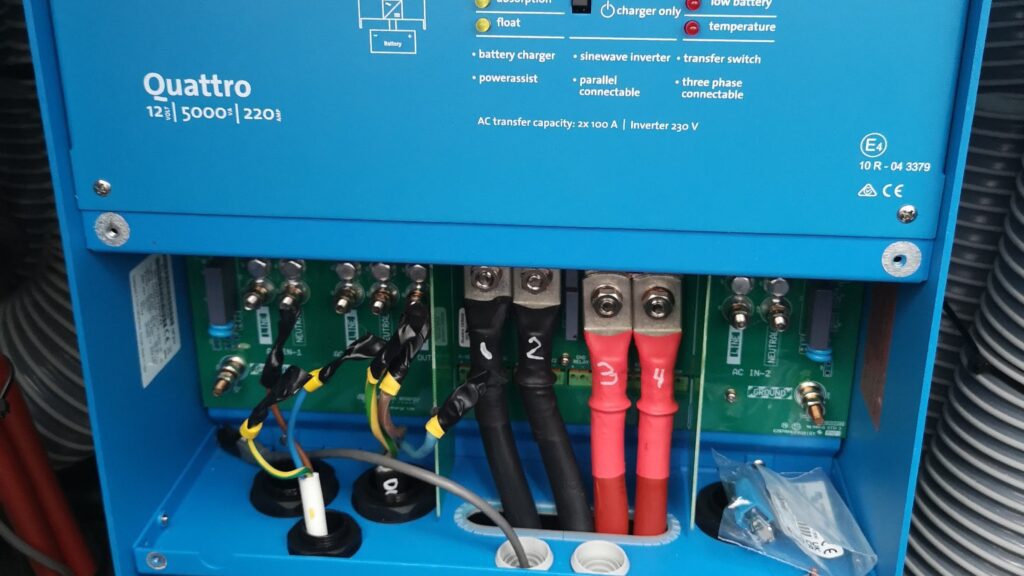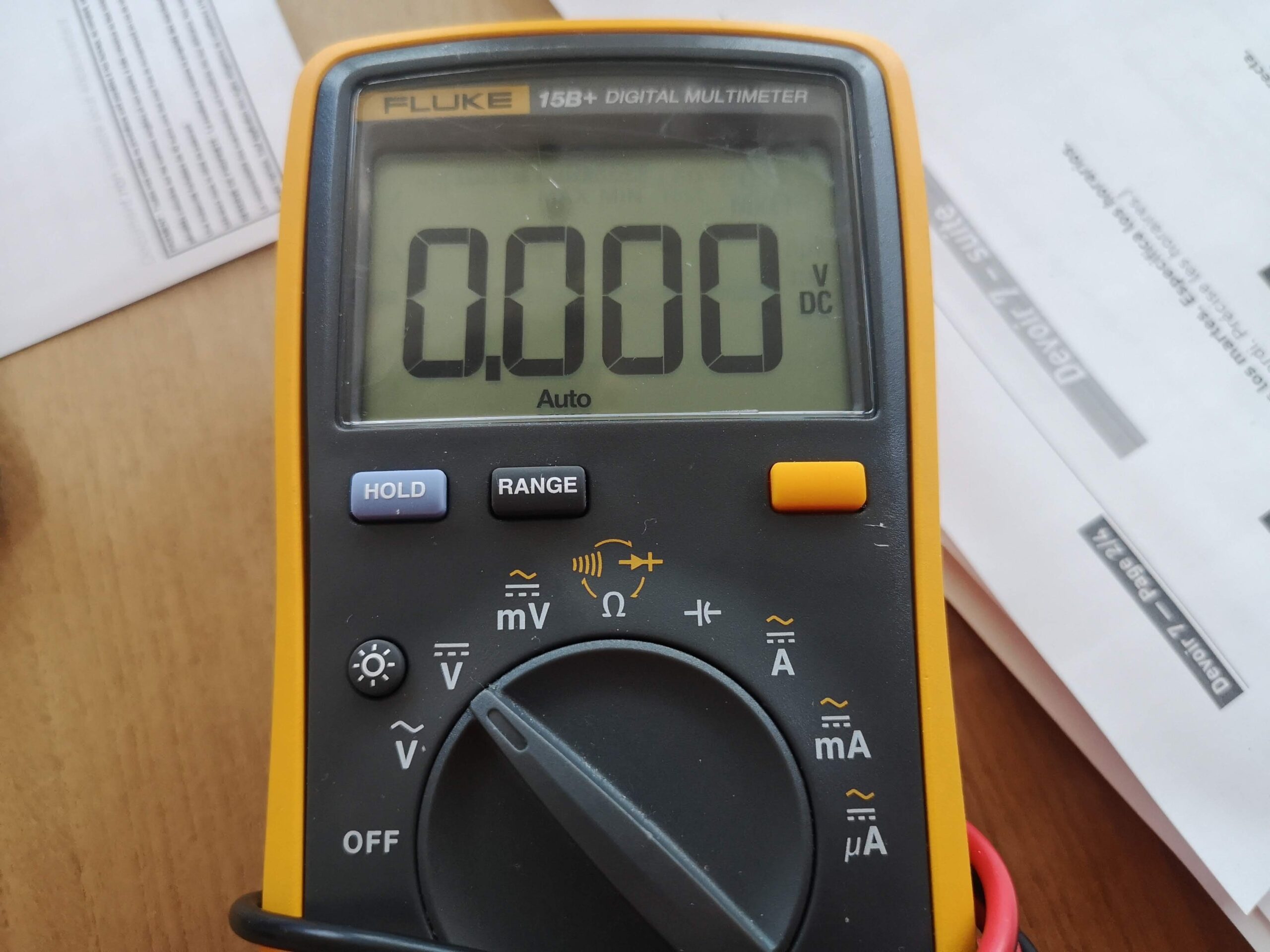Voltage drop can significantly impact the performance and safety of electrical systems. Here’s what you need to know about measuring it.
But What is Voltage Drop?
Voltage drop is the decrease in electrical potential along a conductor carrying current. It’s caused by the resistance in wires and connections.
How to Measure Voltage Drop ?
To measure voltage drop:
- Use a digital multimeter set to DC voltage.
- Put the circuit under load ( If testing things like an inverter put the max load on it, if a charger test it when battery is low )
- Measure voltage at the source and then at the load.
- Subtract the load voltage from the source voltage.
Voltage Drop = Source Voltage - Load VoltageWhy You Should Bother ?
Measuring voltage drop is crucial for ensuring efficient power delivery, preventing overheating and fire hazards. Excessive voltage drop can lead to equipment malfunction and useless energy waste.
Rule of the thumb is aim for less than 3% (≈ 0.44V at 14.6V input) drop for general circuits and 5% for motor loads. You can plan you cable size using calculators such as this one.
Interestingly, tinned copper wire that everyone love for marine use has about 1.5% higher resistance than bare copper wire, which can affect voltage drop in long runs or high-current applications.

